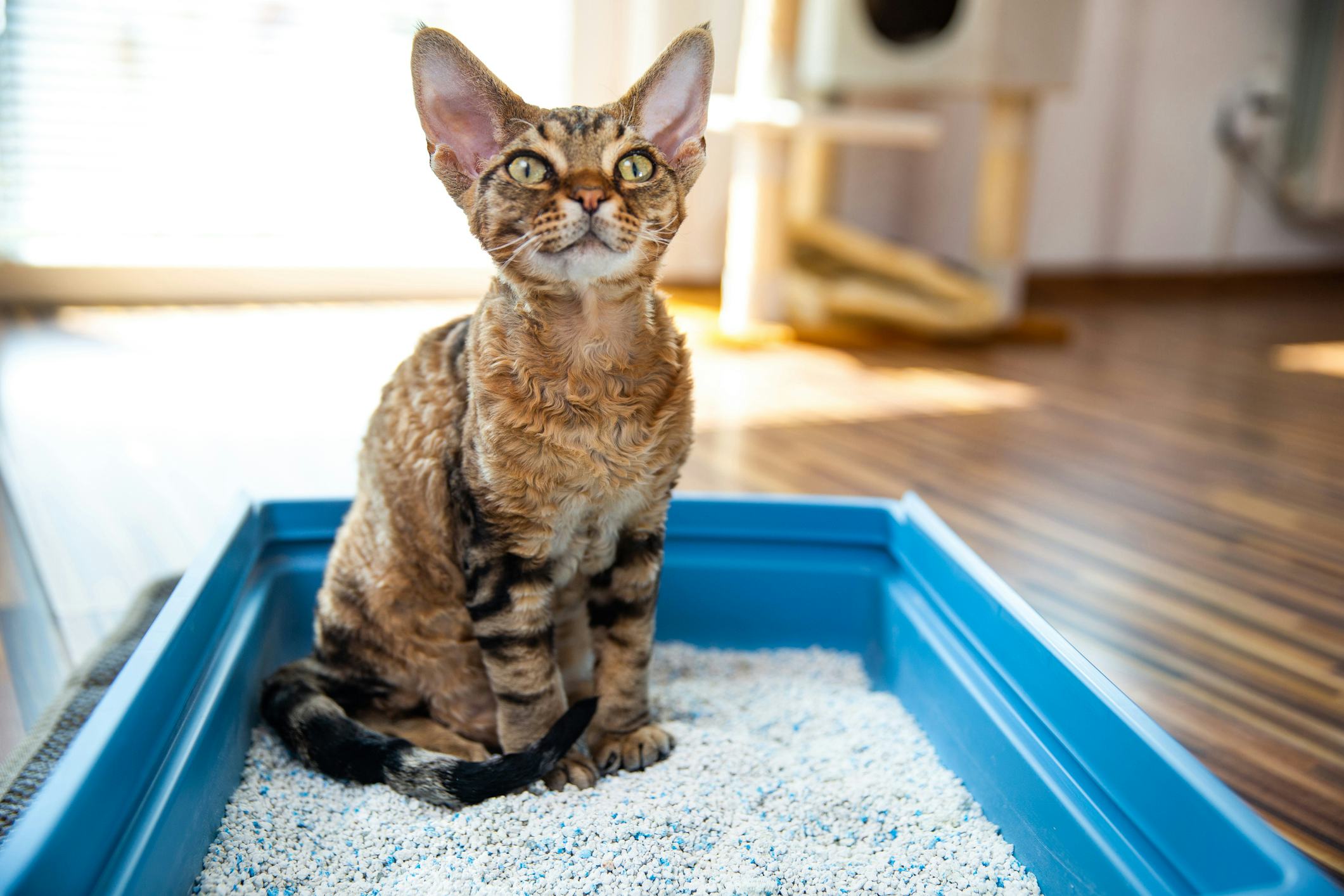Why Flushing Cat Poop Down Your Toilet Can Cause Problems - Recommendations for Proper Handling
Why Flushing Cat Poop Down Your Toilet Can Cause Problems - Recommendations for Proper Handling
Blog Article
Are you currently trying to find selective information around How to Dispose of Cat Poop and Litter Without Plastic Bags?

Introduction
As pet cat proprietors, it's vital to be mindful of exactly how we throw away our feline pals' waste. While it might seem convenient to flush cat poop down the toilet, this method can have damaging consequences for both the atmosphere and human health.
Environmental Impact
Purging pet cat poop introduces dangerous pathogens and parasites into the water system, posturing a significant risk to water environments. These impurities can adversely influence aquatic life and concession water top quality.
Wellness Risks
Along with ecological problems, purging feline waste can likewise present health and wellness risks to humans. Cat feces may contain Toxoplasma gondii, a bloodsucker that can create toxoplasmosis-- a potentially severe illness, specifically for expecting women and people with weakened immune systems.
Alternatives to Flushing
Fortunately, there are more secure and much more responsible methods to get rid of pet cat poop. Think about the following alternatives:
1. Scoop and Dispose in Trash
The most usual approach of throwing away pet cat poop is to scoop it right into a biodegradable bag and throw it in the trash. Be sure to use a dedicated trash scoop and get rid of the waste immediately.
2. Use Biodegradable Litter
Choose eco-friendly pet cat litter made from materials such as corn or wheat. These clutters are eco-friendly and can be securely gotten rid of in the trash.
3. Bury in the Yard
If you have a lawn, think about hiding pet cat waste in a marked area away from veggie gardens and water sources. Make sure to dig deep adequate to stop contamination of groundwater.
4. Set Up a Pet Waste Disposal System
Buy a pet dog garbage disposal system especially created for feline waste. These systems use enzymes to break down the waste, lowering odor and environmental influence.
Final thought
Liable family pet ownership extends past providing food and sanctuary-- it also includes correct waste administration. By avoiding flushing feline poop down the toilet and selecting alternative disposal techniques, we can lessen our ecological footprint and safeguard human health and wellness.
Why Can’t I Flush Cat Poop?
It Spreads a Parasite
Cats are frequently infected with a parasite called toxoplasma gondii. The parasite causes an infection called toxoplasmosis. It is usually harmless to cats. The parasite only uses cat poop as a host for its eggs. Otherwise, the cat’s immune system usually keeps the infection at low enough levels to maintain its own health. But it does not stop the develop of eggs. These eggs are tiny and surprisingly tough. They may survive for a year before they begin to grow. But that’s the problem.
Our wastewater system is not designed to deal with toxoplasmosis eggs. Instead, most eggs will flush from your toilet into sewers and wastewater management plants. After the sewage is treated for many other harmful things in it, it is typically released into local rivers, lakes, or oceans. Here, the toxoplasmosis eggs can find new hosts, including starfish, crabs, otters, and many other wildlife. For many, this is a significant risk to their health. Toxoplasmosis can also end up infecting water sources that are important for agriculture, which means our deer, pigs, and sheep can get infected too.
Is There Risk to Humans?
There can be a risk to human life from flushing cat poop down the toilet. If you do so, the parasites from your cat’s poop can end up in shellfish, game animals, or livestock. If this meat is then served raw or undercooked, the people who eat it can get sick.
In fact, according to the CDC, 40 million people in the United States are infected with toxoplasma gondii. They get it from exposure to infected seafood, or from some kind of cat poop contamination, like drinking from a stream that is contaminated or touching anything that has come into contact with cat poop. That includes just cleaning a cat litter box.
Most people who get infected with these parasites will not develop any symptoms. However, for pregnant women or for those with compromised immune systems, the parasite can cause severe health problems.
How to Handle Cat Poop
The best way to handle cat poop is actually to clean the box more often. The eggs that the parasite sheds will not become active until one to five days after the cat poops. That means that if you clean daily, you’re much less likely to come into direct contact with infectious eggs.
That said, always dispose of cat poop in the garbage and not down the toilet. Wash your hands before and after you clean the litter box, and bring the bag of poop right outside to your garbage bins.
https://trenchlesssolutionsusa.com/why-cant-i-flush-cat-poop/

I discovered that blog post on Can You Flush Cat Poo or Litter Down the Toilet? while doing a search on the web. Please set aside a second to share this article if you appreciated it. Thanks for your time spent reading it.
Top Article Report this page